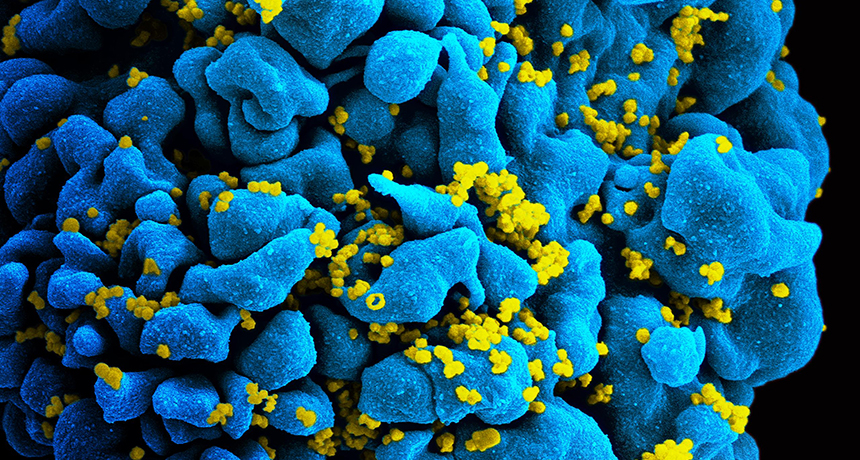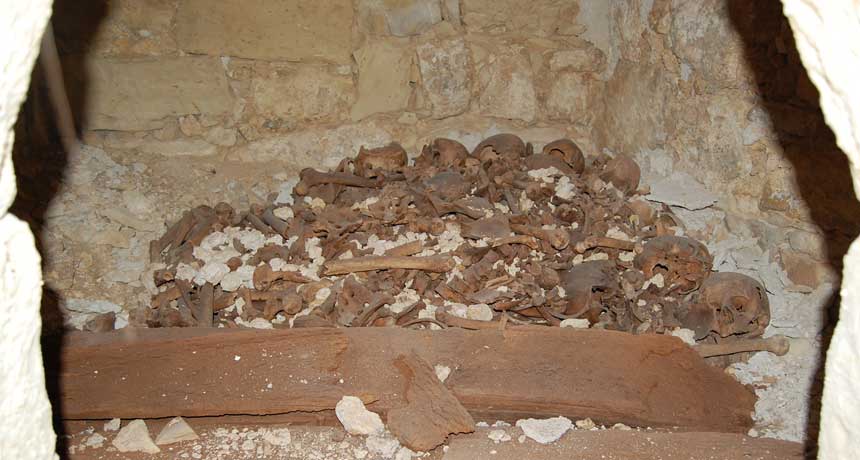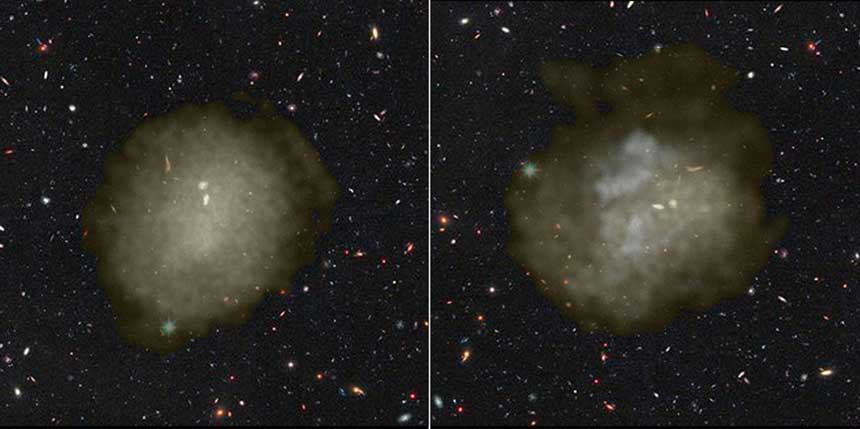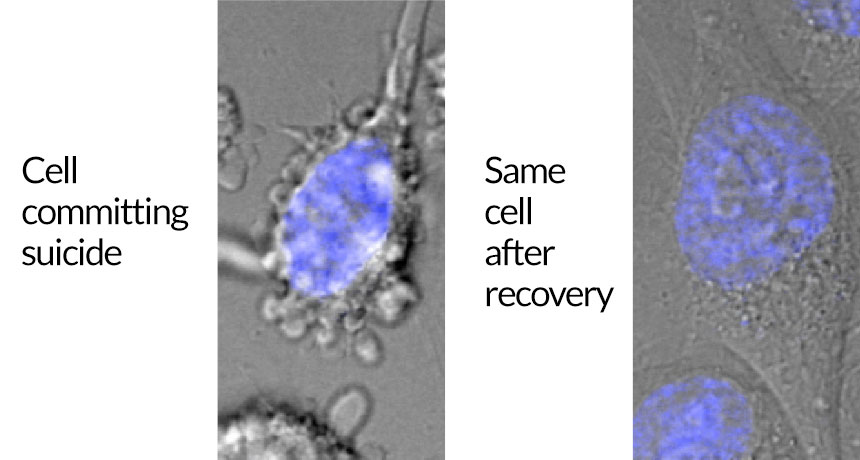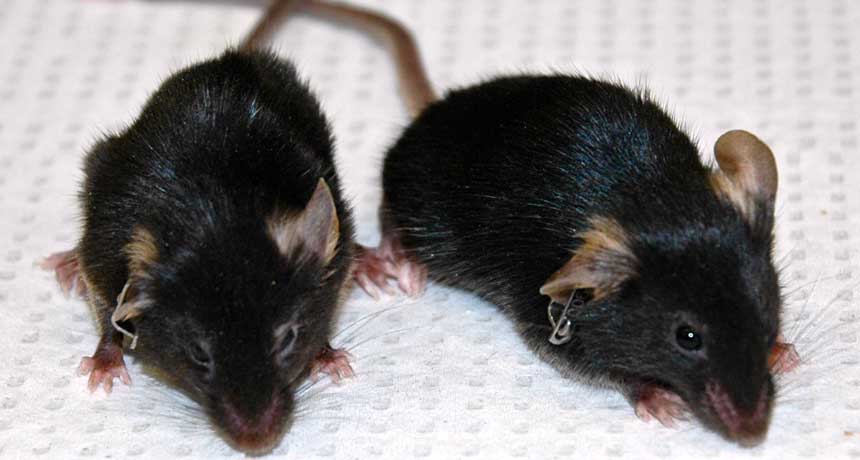‘Citizen Scientist’ exalts ordinary heroes in conservation science
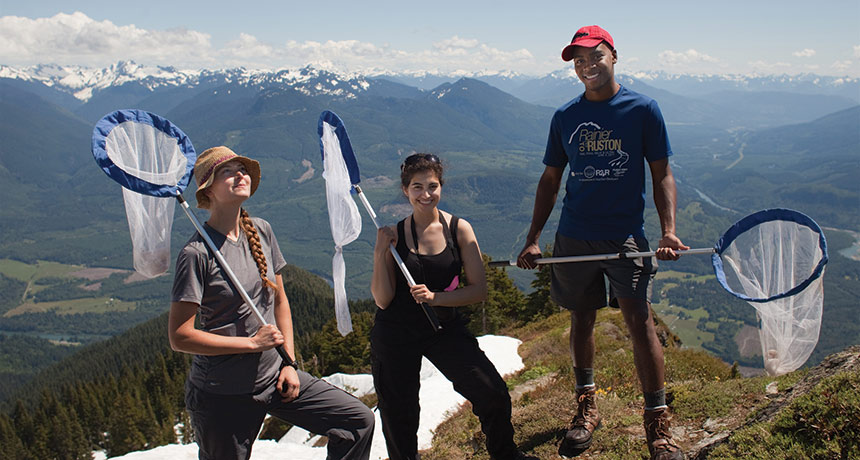
You don’t need a degree in science to monitor backyard owls or measure trees. And anyone with a computer can help scientists track seal populations in Antarctica. Citizen science projects like these — which depend on crowdsourced data — are booming. And when faced with a planet scarred by industrialization and climate change, these efforts might be exactly what we need, environmental journalist Mary Ellen Hannibal argues in Citizen Scientist.
What we call “citizen science” was once just “science.” After all, many early conservationists and natural historians — people like John Muir — weren’t academics. As species disappear faster and faster, scientists can’t work alone. They need the eyes and ears of passionate people who are watching as flowers bloom earlier each year and butterflies become sparser.
Hannibal dips her toes into some of the citizen science projects happening within driving distance of her home in San Francisco. She chronicles efforts to count, track and save a variety of species, including sea otters and redwood trees.
Along the way, Hannibal discovers heroes both modern and historical: For instance, Rebecca Moore, who leads Google Earth Outreach, originally developed the mapping tool in the early 2000s to help stop logging in the Santa Cruz Mountains. And Alice Eastwood, botany curator at the California Academy of Sciences in the early 1900s, helped build the museum’s plant collection. Lacking a college degree, she collected specimens for nearly 60 years — and even saved part of the collection from the 1906 San Francisco earthquake.
While Hannibal is contemplating extinction and habitat destruction, her father is dying from cancer. Her field expeditions become a lens through which she processes her dad’s death. The parallels make Citizen Scientist part memoir, part science tale and part history book. Hannibal has a conversational writing style that moves quickly from topic to topic, punctuated with humorous and thoughtful asides.
Although centered in California, the book has a global message: Humans have much in common with the species we’re trying to save. Grizzlies and wolves, for instance, “leave their natal home, light out for a huge territory, find a mate, and establish a new base of operations,” Hannibal writes. The human heroes in our storybooks aren’t so different.
